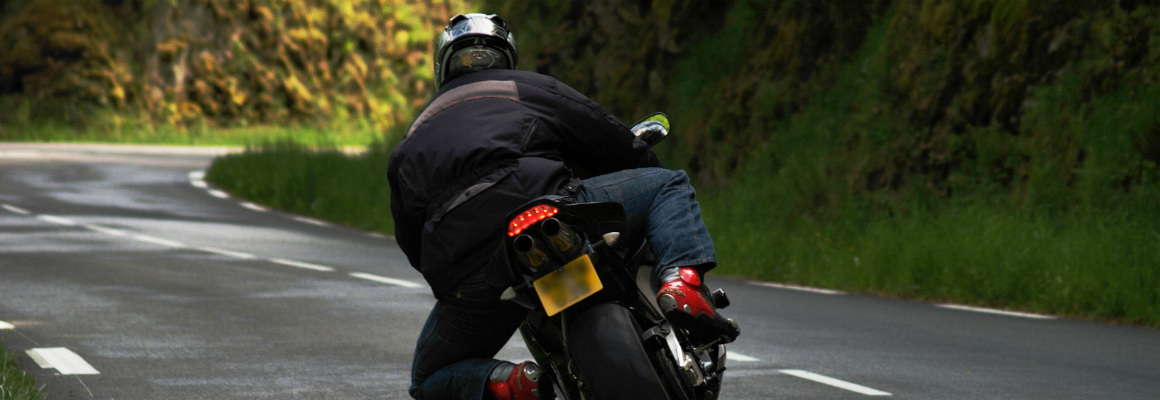Back in the saddle
Are you dusting off your bike after a prolonged period of two-wheeled abstinence? If so here’s some advice on how to get back in the saddle safely.
Check the bike over
You might not think motorbikes would degrade while sitting for months or years in a garage, but they do. Check the exhaust to ensure it’s not loose, that there are no wires hanging down and see if the battery needs charging or replacing.
Next, have a look at the tyres; check if they have enough tread on them and, while they are cold, see if they are at their recommended tyre pressure with a gauge; a hot tyre won’t give an accurate reading. Also, if your bike has been in storage for a long time, look at the tyre walls to see they haven’t cracked or sagged.
Look inside the fuel tank and check that there’s no rust inside it – bikes that have been stored for long periods and without much fuel can develop this problem. And if when you put your bike in storage or stopped using it there was no fuel stabiliser added to the fuel tank, then the fuel may have got blocked. If this has happened, you must get your bike to the garage for a fuel system flush.
Check the oil within the engine. Older bikes will require a manual dip, but more modern bikes can be checked via a computer. It’s also worth considering changing the oil filter. Why not take it to a garage if you don’t know how?
Have a look at the brake fluid, coolant and clutch levels. If they are low, check to see if there’s a leak near the reservoir, although for brakes this can also be a sign that your pads are close to the wear limit and need replacing.
Give your brake, acceleration and clutch cables a good once-over, particularly if your bike is an older or vintage one. During storage cables and pivot points can become stuck or work too slowly.
Check to see if all your lights and indicators are working properly. Some modern machines will check bulbs automatically and display a warning if any are faulty.
Before you drive off, check your brakes are working correctly. Brake pads that have rusted or fused to discs during long period of storage are a common problem – and will be dangerous when you try to set off the first time.
Check the drive chain to see if it’s corroded at all while it’s been in storage, and check how well tensioned it is – too slack and you may need to adjust it or take it to a garage.

Take it easy
The skills you have acquired are going to be a bit tarnished after so many months, or years, out of the saddle. You may have forgotten how dangerous driving a motorcycle can be if you’re not aware of the potential hazards, so take a few minutes to remind yourself of the main risks factors involved. This includes speed, distraction, weather and light levels. Stay in your comfort zone. And remind yourself of this – motorcyclists are approximately 38 times more likely to be killed in a road traffic accident than car passengers or drivers.
Above all, ride defensively and remember to anticipate the actions of others, particularly around or on junctions. And don’t forget that ‘lifesaver’ look they drummed into you when you were training for your test.
Check your helmet
Test your helmet by firstly inspecting it to see that the visor still works and that there are no cracks on the helmet’s surface, and that the strap does up correctly. Make sure you put it on – linings that haven’t been used for a while can change shape and even substantially shrink during long periods of storage.